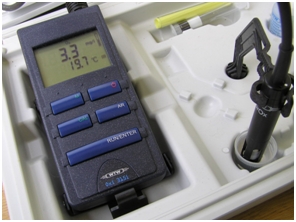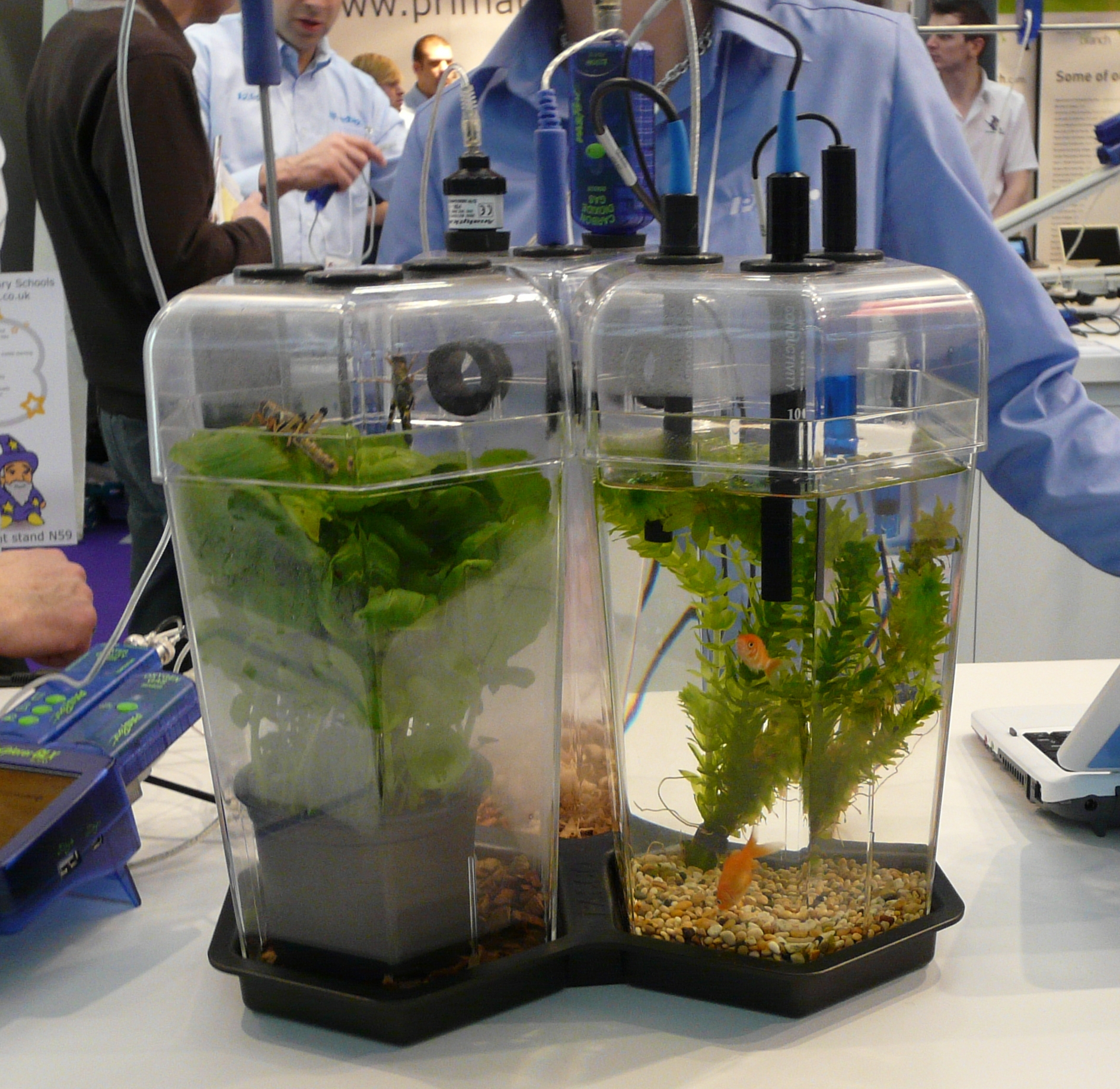OLAREX english
Computer aided experimentation
1. Computer aided experimentation
One of the special characteristics of ICT devices is that they can combine two methods of scientific learning, i.e. information acquisition directly and via models.
Some of the experiments are
qualitative teacher (or student) demonstrations, while some others are
quantitative measurements. Using ICT tools you can implement measurements,
calculations or even graphic displays that you cannot do with traditional
equipment in school labs. At this point, we must ask ourselves why ICT equipment
are worth using.

Measurement of electrical conductivity using a handheld instrument
A few examples for computer aided measurements:
- Turning qualitative demonstrations into quantitative tests. For example: accurate temperature or speed reading, titration with pH value displayed, etc.
- Monitoring and assessment of very fast or very slow processes. For instance, fast or slow motions, reaction kinetics tests, alcohol fermentation, diffusion.
- Simultaneous detection of multiple parameters under study. These include temperature and pressure or in reaction kinetics concentration, temperature, and chronometry; in the study of chemical balances simultaneous detection of concentrations of multiple materials; in tiration metering of pH value or conductivity as a function of volume, etc.
- Using appropriate sensors you can get quantitative information also on processes you cannot actually see. These include temperature changes, continuous pH readings, pressure readings, concentration changes, air pollution analysis, etc.
- The computer speeds up and simplifies the assessment of certain measurements and even allows for more complex calculations (e.g. averages, curve fitting, data spread, etc.)
- There are some small instruments used in schools that can be connected to computers to perform remote measurements. Using intelligent communications, these tests may be monitored remotely by other students and colleagues.
- With traditional experiments, it may be problematic to display instrument readings in a large room visible to all participants (e.g. thermometer reading). A documenting camera and/or projector may do the job but the image can also be transmitted to the mobile phones and tablet devices used by students.

Oxygen and carbon dioxide content measured with a sensor